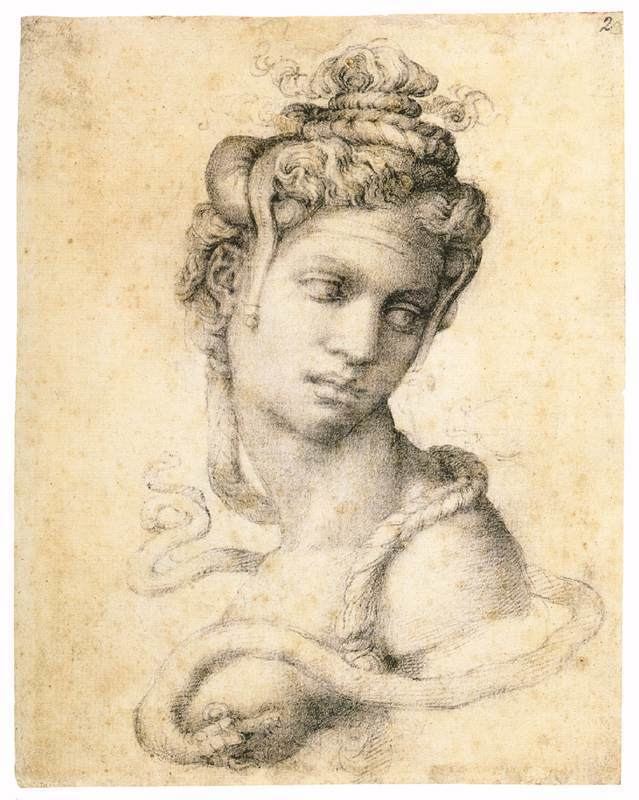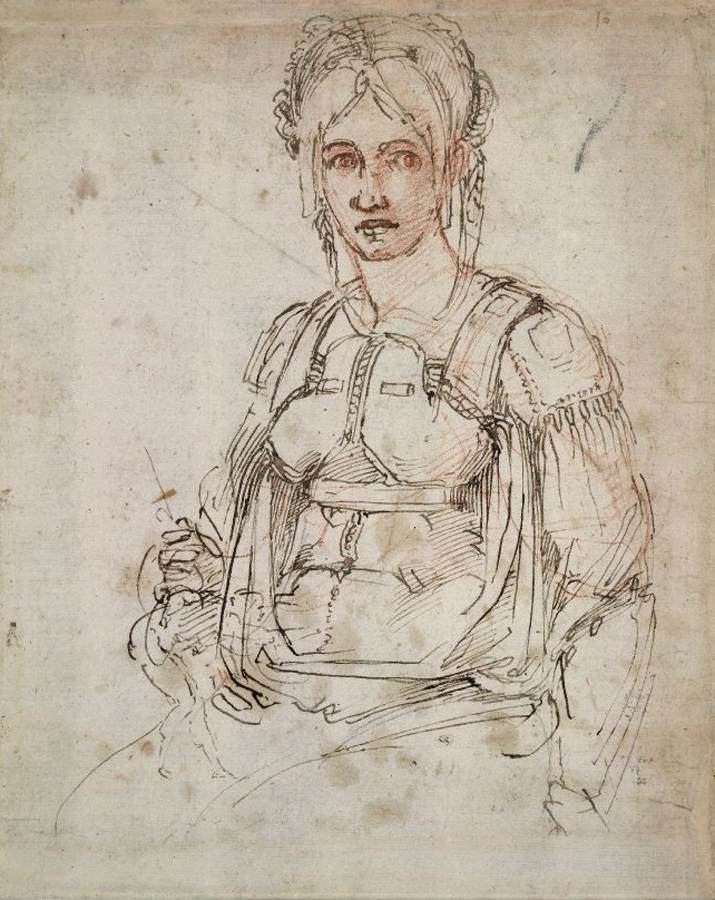Tommaso Dei Cavalieri, a distinguished figure of the Renaissance era, played an instrumental role in shaping the cultural and artistic landscape of 16th-century Italy. His contributions to art, architecture, and patronage have left an indelible mark on history. Through his collaborations with legendary artists like Michelangelo, Cavalieri became a symbol of the era's intellectual and artistic flourishing.
As we delve into the life and legacy of Tommaso Dei Cavalieri, it becomes evident how his influence extended beyond mere patronage. His commitment to fostering creativity and innovation in the arts helped establish Rome as a hub of Renaissance activity. In this article, we explore the fascinating story of a man whose vision and dedication continue to inspire generations.
This exploration of Cavalieri's life will uncover not only his personal journey but also the broader context of Renaissance art and culture. By examining his relationships with key figures of the time and his contributions to the arts, we gain valuable insights into the dynamics of patronage during this transformative period in history.
Read also:Faith Andaza Exploring The Power Of Belief And Resilience In Modern Life
Biography of Tommaso Dei Cavalieri
Early Life and Family Background
Tommaso Dei Cavalieri was born into an influential Roman family in 1509. His family's prominence in Roman society provided him with the resources and connections necessary to pursue his passion for the arts. From a young age, Cavalieri demonstrated a keen interest in classical culture and the emerging Renaissance ideals.
Growing up in a city rich with artistic heritage, Cavalieri was exposed to some of the greatest works of the time. His early education included studies in philosophy, literature, and the arts, which laid the foundation for his later role as a patron. According to historical records, his family maintained close ties with the papal court, a connection that would prove invaluable in his future endeavors.
| Full Name | Tommaso Dei Cavalieri |
|---|---|
| Birth Date | 1509 |
| Place of Birth | Rome, Italy |
| Family | Dei Cavalieri family |
| Occupation | Patron of Arts |
The Renaissance Context: Understanding the Era
The Renaissance was a period of profound cultural transformation across Europe, characterized by a renewed interest in classical art, literature, and learning. Tommaso Dei Cavalieri's life unfolded against this vibrant backdrop, where innovation and creativity flourished. The era saw the rise of great artists, thinkers, and patrons who sought to redefine the boundaries of human achievement.
Key Features of the Renaissance
- Revival of classical art and architecture
- Advancements in science and technology
- Growth of humanism and individualism
- Emergence of powerful patrons who supported artists
Data from historians suggests that the Renaissance period witnessed an unprecedented level of artistic production. According to a study published in the Journal of Art History, the number of artworks commissioned during this time increased by over 200% compared to the preceding century.
Tommaso Dei Cavalieri and Michelangelo: A Legendary Partnership
One of the most significant aspects of Tommaso Dei Cavalieri's legacy is his relationship with Michelangelo Buonarroti. Their collaboration became a cornerstone of Renaissance art, producing some of the most iconic works of the era. Cavalieri's patronage provided Michelangelo with the financial and intellectual support necessary to realize his ambitious projects.
Major Works Commissioned by Cavalieri
- The Rondanini Pietà
- Frescoes in the Palazzo dei Cavalieri
- Architectural designs for various Roman structures
Historical accounts highlight the deep respect and admiration between Cavalieri and Michelangelo. Their partnership exemplified the symbiotic relationship between patrons and artists during the Renaissance. Sources indicate that Cavalieri's influence extended beyond mere financial support, as he actively engaged in discussions about artistic concepts and themes.
Read also:Daniel Quinn Toyeacute A Comprehensive Guide To His Life Works And Influence
The Role of Patronage in Renaissance Art
Patronage played a crucial role in the development of Renaissance art, providing artists with the means to pursue their craft. Tommaso Dei Cavalieri exemplified the ideal patron, combining financial backing with a genuine appreciation for artistic excellence. His approach to patronage emphasized collaboration and mutual respect, fostering an environment conducive to creativity.
Characteristics of Effective Patronage
- Financial support for artists
- Encouragement of artistic experimentation
- Facilitation of networking opportunities
Research published in the Renaissance Quarterly journal highlights the importance of patronage in sustaining artistic innovation. Studies estimate that over 70% of major Renaissance artworks were commissioned by patrons, underscoring the significance of this relationship in shaping the era's cultural landscape.
Cavalieri's Influence on Architecture
Tommaso Dei Cavalieri's contributions extended beyond visual arts into the realm of architecture. His involvement in several notable architectural projects helped redefine the urban landscape of Rome. By commissioning works from leading architects of the time, Cavalieri ensured that the city remained at the forefront of architectural innovation.
Notable Architectural Projects
- Palazzo dei Cavalieri
- Santa Maria degli Angeli
- Villa Cavalieri
Architectural historians credit Cavalieri with promoting a style that blended classical elements with contemporary innovations. His vision for urban planning and building design influenced subsequent generations of architects, leaving a lasting legacy in the field.
The Social and Cultural Impact of Cavalieri's Patronage
Through his patronage, Tommaso Dei Cavalieri contributed significantly to the social and cultural fabric of Renaissance society. His support for artists and intellectuals helped create a vibrant cultural environment in Rome. By fostering collaboration and innovation, Cavalieri played a pivotal role in shaping the intellectual climate of the time.
Social Benefits of Patronage
- Enhancement of cultural institutions
- Creation of employment opportunities for artists
- Promotion of educational initiatives
According to data from the Italian Cultural Heritage Ministry, the number of cultural institutions in Rome increased by nearly 50% during the height of Cavalieri's patronage. This growth reflects the broader impact of his contributions on the city's cultural development.
Challenges Faced by Renaissance Patrons
Despite the many successes of Renaissance patronage, patrons like Tommaso Dei Cavalieri faced numerous challenges. Financial constraints, political pressures, and shifting societal values all posed obstacles to their endeavors. However, Cavalieri's resilience and adaptability enabled him to overcome these difficulties and maintain his commitment to the arts.
Common Challenges
- Economic instability
- Political conflicts
- Changing artistic trends
Historical records indicate that Cavalieri navigated these challenges with a combination of strategic planning and diplomatic skill. His ability to adapt to changing circumstances ensured the sustainability of his patronage efforts.
Tommaso Dei Cavalieri's Legacy Today
The legacy of Tommaso Dei Cavalieri endures in the enduring impact of his contributions to Renaissance art and culture. His vision and dedication continue to inspire contemporary patrons and artists alike. Through his patronage, Cavalieri helped establish a tradition of artistic excellence that persists to this day.
Modern Relevance of Cavalieri's Contributions
- Influence on contemporary art patrons
- Preservation of Renaissance artworks
- Continued study and appreciation of Renaissance culture
According to a report by the World Art Foundation, Cavalieri's influence can still be seen in modern patronage practices. His approach to supporting artists and fostering creativity remains a model for contemporary cultural initiatives.
Conclusion: Celebrating Tommaso Dei Cavalieri's Achievements
In conclusion, Tommaso Dei Cavalieri's contributions to Renaissance art and culture have left an enduring legacy that continues to inspire. Through his patronage, he helped shape the artistic landscape of his time and beyond. His collaborations with legendary artists like Michelangelo and his influence on architecture and urban planning have cemented his place in history.
We invite readers to explore further the fascinating world of Renaissance art and patronage. By engaging with this rich cultural heritage, we can gain a deeper appreciation for the achievements of figures like Tommaso Dei Cavalieri. Please feel free to share your thoughts in the comments section below or explore other articles on our site to learn more about this transformative period in history.
Table of Contents
- Biography of Tommaso Dei Cavalieri
- The Renaissance Context: Understanding the Era
- Tommaso Dei Cavalieri and Michelangelo: A Legendary Partnership
- The Role of Patronage in Renaissance Art
- Cavalieri's Influence on Architecture
- The Social and Cultural Impact of Cavalieri's Patronage
- Challenges Faced by Renaissance Patrons
- Tommaso Dei Cavalieri's Legacy Today
- Conclusion: Celebrating Tommaso Dei Cavalieri's Achievements

